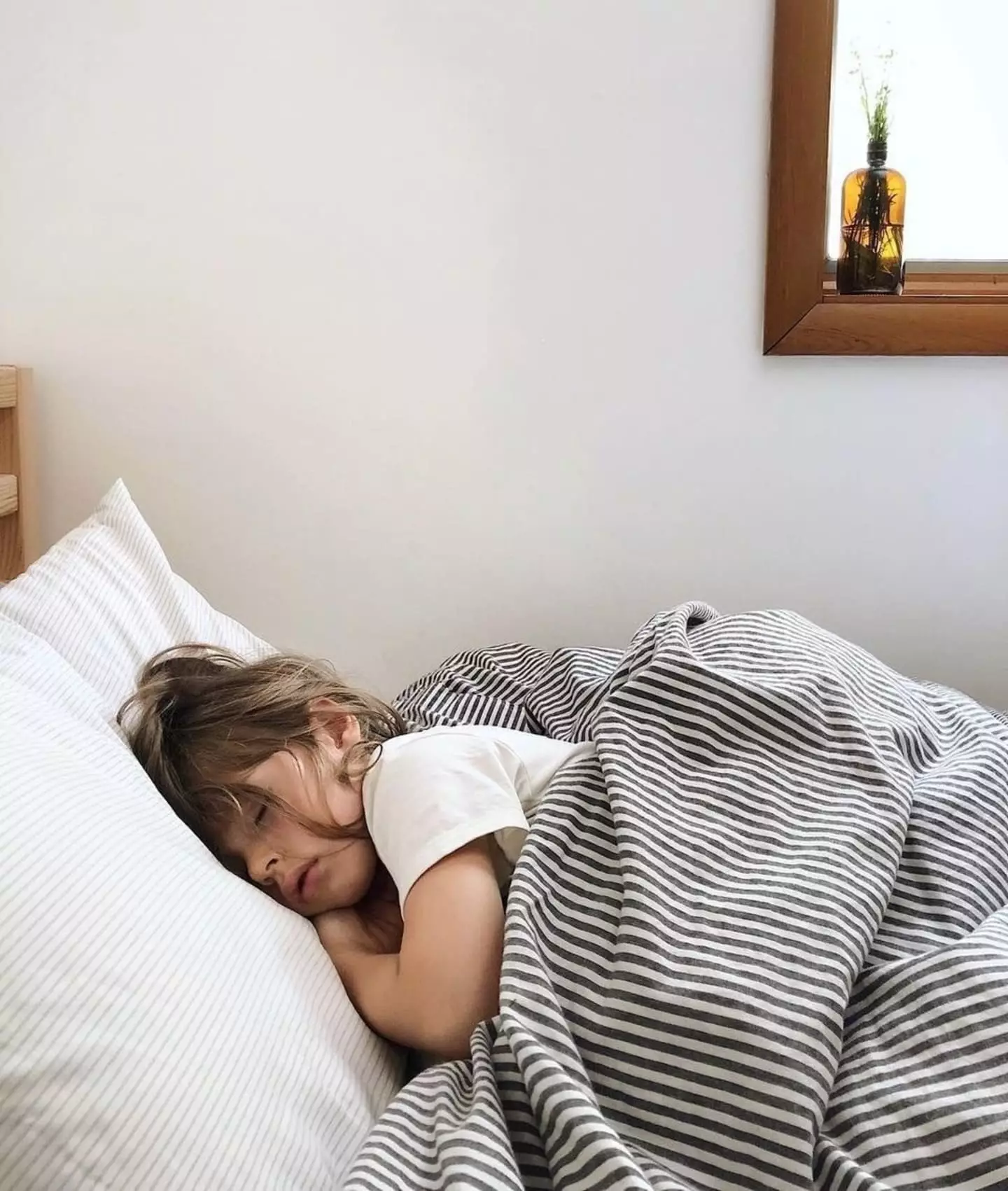Transitioning a child from a crib to a bed is a significant milestone in their development and often comes with its fair share of challenges and triumphs. This transition should be approached with careful consideration of the child’s unique personality and temperament, as well as the physical layout of their bedroom. Unlike adults, children possess an innate complexity; their feelings towards change can fluctuate dramatically from day to day. What may be met with excitement one evening could induce fear or anxiety the next. Recognizing and validating these feelings is essential in fostering a nurturing environment as they embrace this new phase.
As parents, we must strive to create a supportive atmosphere, making the transition progressive rather than abrupt. The skills of patience and empathy will serve you well, as children often require time to adjust to changes in their routine. Incorporating familiar aspects of their crib experience can help in this regard. Retaining elements such as favorite stuffed animals and beloved bedding can instill a sense of security that is crucial during this period.
For some children, the excitement of moving to a big kid bed can be a cause for celebration. If your child leans more toward the enthusiastic side of personality, consider making this transition a special event. You might organize a “Big Kid Bed Day,” complete with decorations and perhaps a few thoughtful gifts that are bedtime-related. These could include bedtime storybooks or a new stuffed animal that your child can snuggle with at night. This celebratory framework sets a positive tone — still, it is vital to remain mindful that when the moment of actually sleeping in the new bed arrives, feelings of apprehension may surface.
To mitigate any anxiety, provide extra comfort and reassurance as your child navigates their first night. Your encouragement can serve as the bedrock of their confidence. In essence, this occasion should be marked with joy; however, it’s important to remain grounded in reality and understand that a child won’t instantly transition into a “big kid” overnight.
An effective alternative method to smoothen the transition is through gradual adjustments. One practical approach is to simply place the crib mattress on the floor in the same spot where the crib once stood. This strategy involves maintaining the familiarity of their room while providing them with a sense of exploration and independence. Adding temporary guardrails reaffirms the secure boundaries they experienced in the crib, while still allowing for a taste of their new bed.
As your child grows comfortable with this temporary setup, you can gradually introduce a larger mattress, followed by box springs and, eventually, a full bed frame. By keeping the guardrails in place until they are adept at navigating their new sleeping arrangements, you are ensuring their safety while promoting confidence in this new environment.
Rituals and routines play an integral role in helping children adjust to changes in their sleeping habits. By allowing your child to engage with their new bed through play or storytime, you are fostering a positive association with this new space. Incorporating your usual bedtime practices, such as reading together or indulging in a calming massage, can promote tranquility as your child becomes accustomed to settling down in their new bed.
Once they express readiness, gently suggesting that they sleep in their new bed for the night can act as an encouraging nudge. However, as any parent knows, not every transition goes according to plan, and therein lies the journey of parenthood.
It is crucial to accept that sleep disturbances may arise as a result of this new transition. Should your child struggle to fall asleep, experience increased night-wakings, or express a longing for their crib, it may be beneficial to re-evaluate your approach. Rather than viewing a perceived setback as failure, consider it a sign that your child may require more time to acclimatize to their new arrangement.
For parents expecting another child and planning to use the crib for a newborn, exploring alternative sleeping arrangements can alleviate pressure. Portable cradles or borrowed cribs may serve as suitable temporary solutions until your child is fully settled in their new bed.
Every child has a unique journey when moving from crib to bed, and as parents, we must embrace this unpredictability. By exercising patience and providing unwavering support, parents can help their children navigate this transformative time in their lives. Ultimately, when we allow children to determine their readiness to transition to a big-kid bed, we honor their individual journey, aiding in their overall growth and development. This enriching experience is one of many milestones that illuminate the beautiful complexities of parenting.

